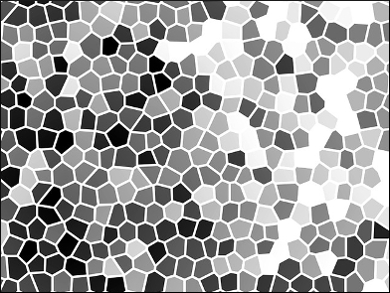During sintering, ceramic powders are heated about halfway to their melting point to compress them into a denser solid. This practice is energy-intensive and it is restricted to materials that can withstand high heat.
Hanzheng Guo, Clive Randall, and colleagues, The Pennsylvania State University, University Park, USA, have developed a “cold sintering” process, which uses pressurized water to partially dissolve particle surfaces. The particles can then rearrange in a more compact way and the gaps between them can be closed when the water evaporates [1]. They modified their process for use with BaTiO3, an important material in the electronics industry that is typically sintered at 1200–1400 °C. They maintained a high barium ion concentration in the solution phase to retard leaching of barium ions from the particle surfaces, and they added titanium ions to promote BaTiO3 precipitation.
When the team cold-sintered pre-annealed BaTiO3 pellets at room temperature, capillary forces and pressure drove water into the pore spaces and partially dissolved the particle surfaces. Next, they raised the temperature to 180 °C to evaporate some of the water and re-precipitate ions onto the surfaces, joining the particles together. After post-annealing at 700–900 °C, the pellets reached a relative density of about 95 %.
- Hydrothermal-Assisted Cold Sintering Process: A New Guidance for Low-Temperature Ceramic Sintering,
Hanzheng Guo, Jing Guo, Amanda Baker, Clive A. Randall,
ACS Appl. Mater. Interfaces 2016.
DOI: 10.1021/acsami.6b07481
References
- [1] Protocol for Ultralow-Temperature Ceramic Sintering: An Integration of Nanotechnology and the Cold Sintering Process,
Hanzheng Guo, Amanda Baker, Jing Guo, Clive A. Randall,
ACS Nano 2016.
DOI: 10.1021/acsnano.6b03800




